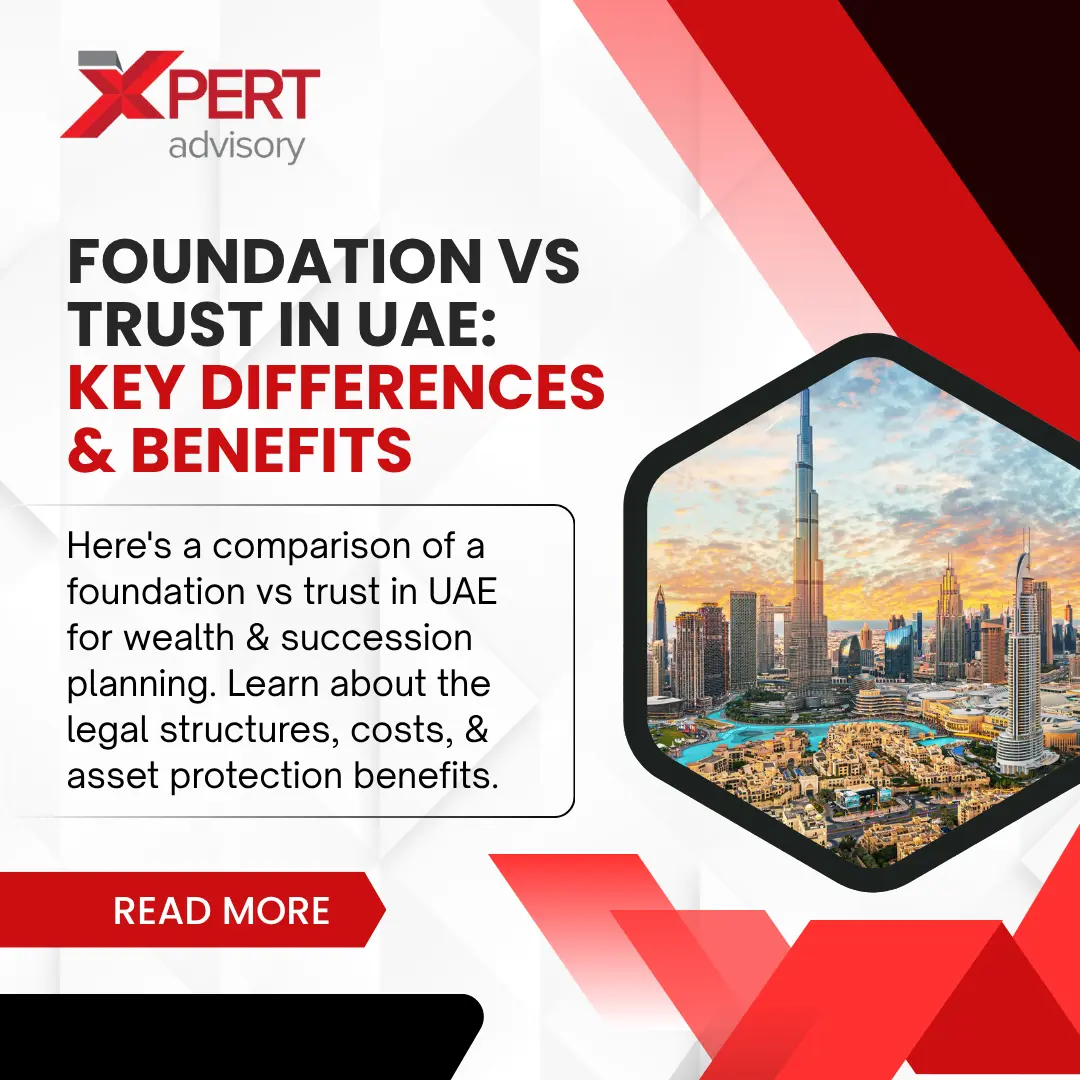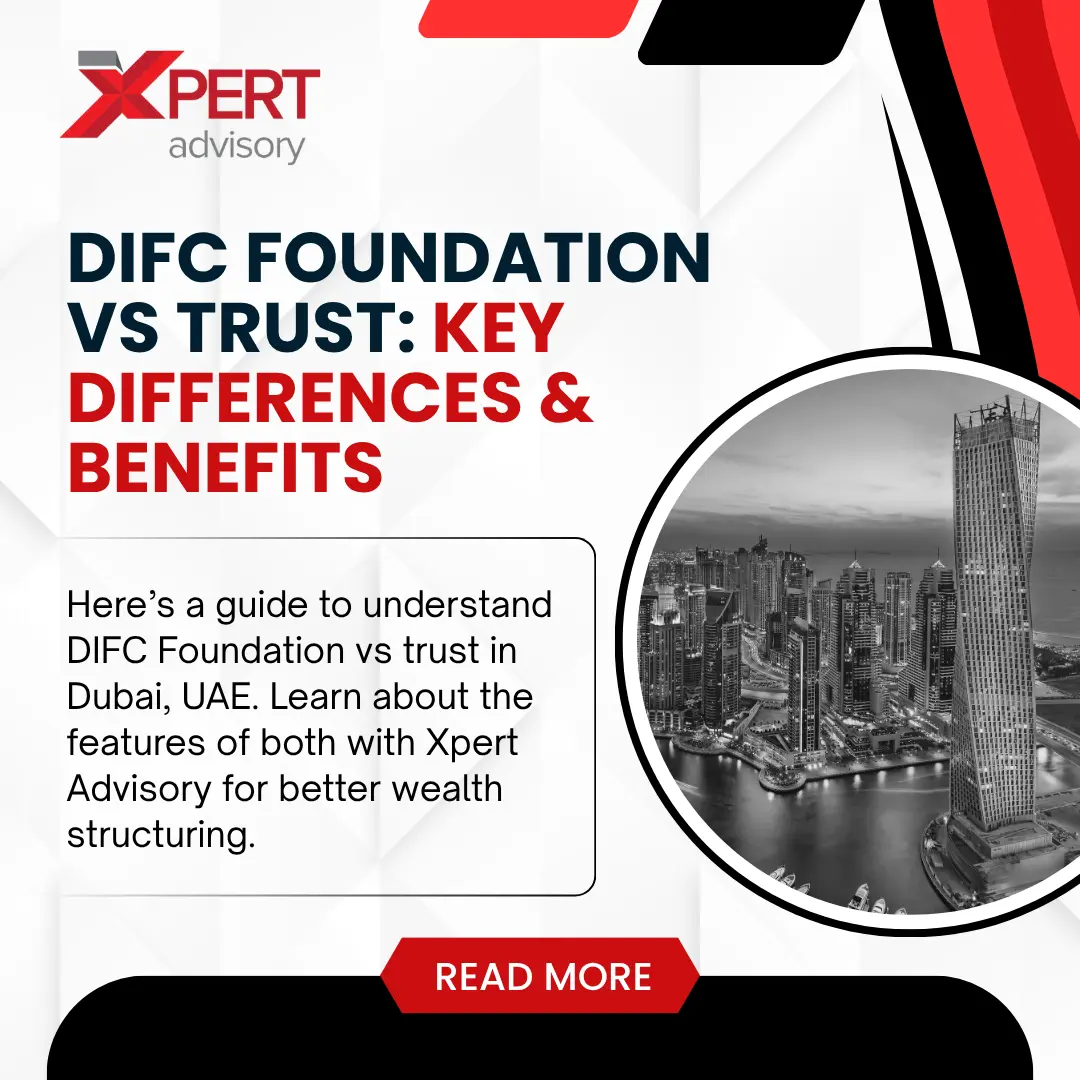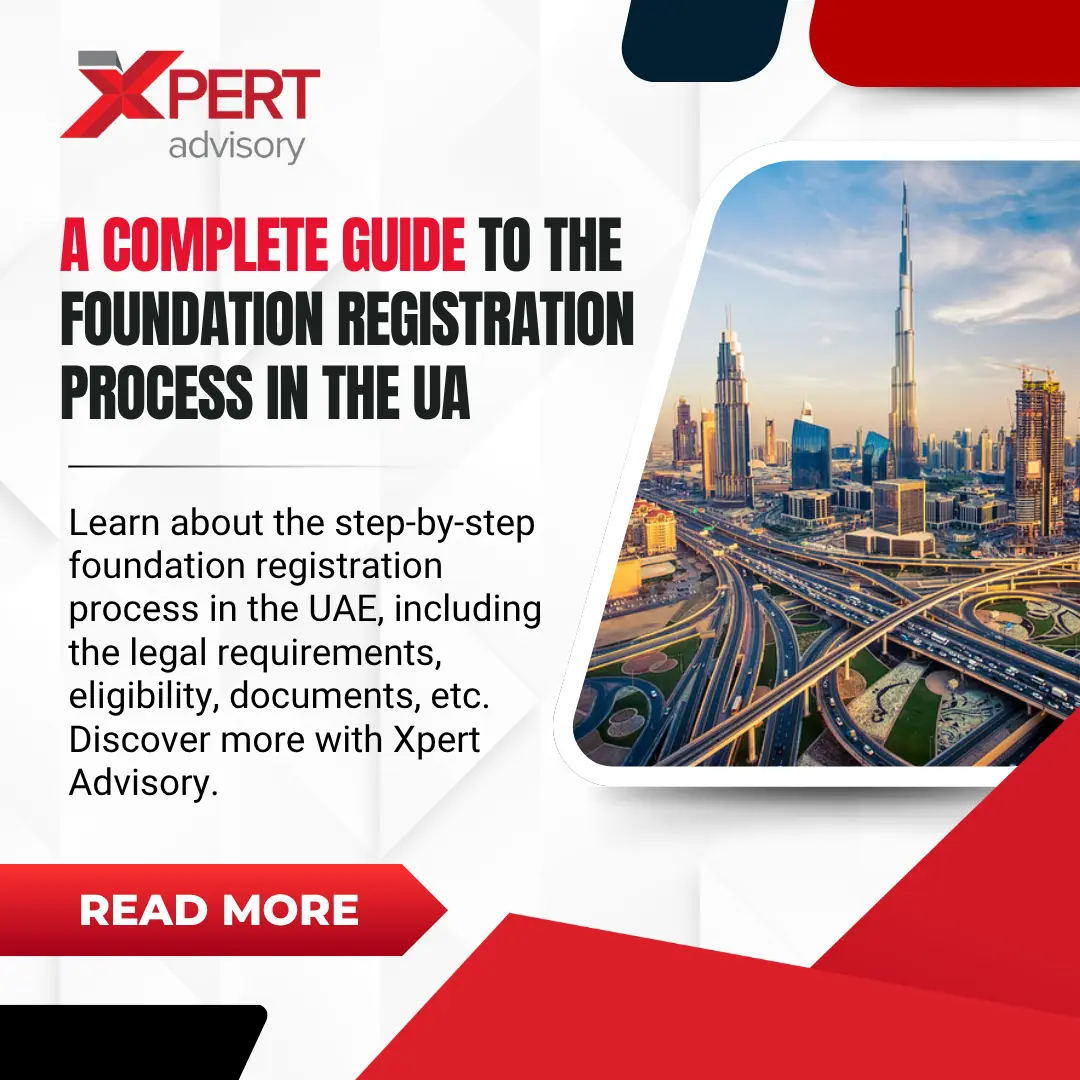The United Arab Emirates (UAE) has progressively established itself as a significant contributor in the global effort to combat financial crime. As a prominent economic hub in the Middle East, UAE emphasizes the need for strong anti-money laundering (AML) and counter-terrorism financing (CFT) frameworks to operate effectively. This is particularly crucial in a time of increased regulatory scrutiny and changing financial crime challenges. Explore the top anti money laundering trends, focusing on regulatory advancements, technology, and strengthened enforcement in the UAE.
Regulatory Landscape in the UAE

The AML compliance environment in the UAE undergoes transformations because of recent regulatory enhancements. The Central Bank of the UAE (CBUAE) established new regulatory frameworks in 2021 to control AML while creating further rules that safeguard consumer rights and protect data confidentiality. Federal Decree-Law No. 20 of 2018 undergoes multiple modifications through guidance provided by Financial Action Task Force(FATF) recommendations to establish the primary AML/CFT rules in the UAE.
The regulatory requirements demand financial institutions improve their AML/CFT policies and acquire modern transaction detection technologies while maintaining a well-trained workforce that follows regulatory changes. The UAE increased beneficial ownership transparency through implementation of a unified corporate entities registry which demands publishers to reveal their ultimate redeemers. Through these initiatives the country establishes its dedication to developing a robust AML/CFT regulatory system which protects the financial industry from improper practices.
Top Anti-Money Laundering Trends in UAE
Here are the top AML trends highlighting regulatory advancements and strengthened measures to combat money laundering in the UAE:
Artificial Intelligence (AI) and Machine Learning(ML) in AML
The AML compliance sphere redefines its operations through Artificial Intelligence (AI) and Machine Learning (ML) which deliver automated suspicious activity discoveries alongside better speed-related and accuracy-based results. Financial institutions deploy AI-powered analytical tools to process vast data volumes which reveal complex patterns for uncovering concealed global financial crimes that standard detection methods cannot detect. ML algorithms increase detection capabilities by learning from new data and reducing unnecessary alerts while quickly detecting risky transactions. Financial compliance teams can focus on real threats due to this system.
AI-driven solutions deliver better behavioral analytics capabilities which reveal comprehensive details about customer buying patterns and suspicious profiles. The integration of these technologies enhances operations by noticing advanced transaction anomalies while simultaneously decreasing wrong flagging results by 40%. The predictive analytics of AI helps financial institutions recognize future money laundering attempts enabling compliance staff to adopt preventative approaches in preventing financial crime.
Increasing Adoption of Robotic Process Automation (RPA)
The implementation of Robotic Process Automation (RPA) has become increasingly popular within AML compliance operations due to its ability to streamline repetitive workloads which include transaction monitoring, customer screening and suspicious activity reporting. RPA helps financial institutions boost operational performance while decreasing costs and raising the precision of their compliance operations.
Real-time transaction scanning performed by RPA systems detects suspicious activities at high speed. Quick action becomes possible for compliance teams to investigate high-risk transactions alongside their ability to bypass time-consuming administrative tasks. The United Arab Emirates currently experiences increasing adoption of RPA, with financial institutions including banks and firms using automated AML systems to optimize their compliance activities.
Enhanced Cryptocurrency Regulations
Cryptocurrency-related money laundering remains a pressing issue, prompting UAE regulators to introduce stricter compliance measures. The government strengthens crypto exchange anti-money laundering obligations through strict Know Your Customer (KYC) procedures as well as blockchain analytics systems for detecting unlawful deals. The 80% growth in illicit crypto transactions during the last year justifies the government’s decision to strengthen regulatory oversight. Major crypto platforms will comply fully with updated FATF guidelines by 2025 which will implement strict AML standards throughout the sector.
The Financial Action Task Force (FATF) has requested nations strengthen their financial crime prevention systems for digital assets due to growing intensified global concerns. To enhance cryptocurrency exchange oversight the United Arab Emirates introduced stricter rules that demand exchanges to carry out extensive customer checks and detect potentially illegal transactions. The new compliance measures aim to defend the UAE crypto market while helping worldwide initiatives to control illegal digital asset transactions.
Cloud Computing for AML Compliance

Cloud-based AML delivers real-time transaction monitoring, secure data storage and improved risk evaluation features. Through cloud computing financial institutions can merge AML data from various sources into a consolidated platform which produces efficient and rapid compliance operations. The system uses AI-driven analytics to detect suspicious activities with higher effectiveness.
Compliant financial institutions can deploy AML solutions through cloud computing which offers adaptable and scalable features. Real-time analysis of large datasets allows for better transaction monitoring because suspicious activities become detectable immediately. AML solutions delivered through the cloud facilitate improved cooperation between financial institutions and regulatory bodies through their centralized platform for data exchange.
Stricter Ultimate Beneficial Ownership (UBO) Regulations
Identifying and verifying Ultimate Beneficial Owners (UBOs) is an essential AML requirement. The United Arab Emirates implements new regulatory measures which increase transparency within corporate structures while giving financial institutions effective tools for identifying parties behind sophisticated business structures. Stricter policies enable the identification of persons trying to conceal their identity through shell corporations.
UBO transparency stands as a fundamental tool for detecting financial crimes that include tax evasion and fraud. All businesses operating in the UAE need to submit details about their beneficial owners to regulatory bodies under new laws. Financial institutions need to perform thorough additional checks that confirm ownership details while also searching for irregularities in ownership structures.
Growing Importance of Open-Source Intelligence (OSINT)
Open-source intelligence (OSINT) is becoming a powerful asset for anti-money laundering operations. Financial institutions now leverage public data, such as social media activity, corporate documentation and news articles to assess customer risk potentials. OSINT analysis strengthens due diligence processes and enables the discovery of money laundering hazards that extend beyond financial transaction data.
The adoption of OSINT tools into current AML frameworks allows financial institutions to detect stealthy warning signs that may not be visible through conventional data sources. OSINT proves valuable in the process of identifying both politically exposed persons (PEPs) and high-risk individuals who may be involved in illegal activities.
Increased Collaboration Between Regulators and Financial Institutions
The regulatory authorities in the UAE develop enhanced partnerships with financial entities to boost Anti-Money Laundering (AML) compliance standards. The collaboration between government and private companies allows data to be shared securely and enhances suspicious activity reporting with international AML standards compliance. These initiatives will help define the future direction of UAE governmental regulation.
This collaboration is essential in tackling cross-border financial crimes required to mitigate the risk resulting from jurisdictional gaps utilized by criminal actors. Financial institutions working with regulators can merge efforts to shrink regulatory gaps which will produce an AML system that follows international industry standards.
The Rise of Intelligent Automation (IA)
Financial institutions use intelligent automation (IA) which includes Artificial intelligence, machine learning and RPA, to streamline compliance workflow systems. The implementation of IA improves decision-making, enhances the detection of risks and also ensures accelerated responses to potential financial crimes. By reducing manual efforts, financial institutions can direct their attention toward critical investigations.
AI-driven solutions are making a significant impact in the fight against money laundering, with reports showing up to a 45% reduction in false positives and operational savings of 50%. Transaction monitoring achieves high effectiveness due to AI technology which makes real-time analysis of complex datasets to identify patterns beyond human capabilities. The UAE has witnessed an increased adoption of AI-based anti-money laundering solutions that drives financial institutions to improve both their compliance standards and their monitoring platform accuracy while increasing operational efficiency.
Expansion of the UAE’s AML/CFT Framework
The UAE advances its Anti-Money Laundering(AML) and Counter Financing of Terrorism(CFT) system through new regulatory enhancements and intensified enforcement actions. Financial institutions must meet modern regulation demands by conducting comprehensive data checks and implementing advanced tracking systems for the detection of illegal financial transactions.
Regulatory updates include new guidelines on customer due diligence(CDD), risk-based methods for AML compliance and stricter penalties for non-compliance. The UAE is developing its AML/CFT framework by following global standards in order to create a regulated financial institution operating environment.
Strengthened Regulations for Digital Banking and Fintech

Digital banking and fintech companies have prompted AML regulations to develop new approaches for addressing emerging risks. Regulatory authorities set up stricter AML and KYC requirements for digital financial platforms to prevent money laundering activities through these platforms. The UAE will intensify inspections on all fintech organizations active within the country.
Fintech companies must install leading AML technology solutions, including the implementation of artificial intelligence-based transaction monitoring systems and biometric authentication procedures. The aim is to develop a secure and transparent digital economy where financial crimes and illicit activities remain minimal.
Greater Emphasis on Cybersecurity in AML
Cybercrime and money laundering are increasingly intertwined, making cybersecurity a top priority for financial institutions. The FBI reported that cybercrime financial losses rose above $4.1 billion in 2023. AML strategies now incorporate cutting-edge cybersecurity features using real-time fraud detection systems and AI-powered threat analysis capabilities. Organizations in the financial sector need to establish strong security systems which fight against cyber-attacks targeting their finances.
Enhanced Suspicious Activity Report (SAR) Generation and Case Management
AI’s capacity to analyze and correlate extensive data sets will enable financial institutions to automate the generation and submission of Suspicious Activity Reports (SARs). By the end of 2025, AI solutions will possess the ability to automatically generate SARs according to specified parameters, such as patterns, transaction volume, risk levels, and customer Profiles.
AI technology enhances case management procedures by assigning priority levels based on risk indicators and urgency demands, as well as providing recommended investigative activities. AI-driven case triaging via automated systems will instruct compliance staff to focus on critical tasks, increasing overall operational efficiency.
NLP and Text Analytics for Enhanced Contextual Understanding
The utilization of Natural Language Processing (NLP) to analyze unstructured data, including emails, transaction memos, and transaction narratives, is an emerging trend in AML AI transaction monitoring. NLP will enhance systems’ ability to comprehend the context of a transaction, extending beyond mere numerical data.
By integrating NLP with ML models, AI can evaluate and derive insights from unstructured text data, such as emails, messages, or news articles, to identify concealed financial crime risks. This will be especially beneficial in revealing layering and other advanced methods of money laundering.
Focus on ESG and AML Compliance
Environmental, Social and Governance (ESG) factors are gaining substantial importance within AML prevention strategies. AML programs adopt ESG factors as an integral component of their operations. Research predicts that by 2025 financial organizations will reach a 55% adoption rate of ESG risk integration into compliance processing.
Finance institutions are integrating ESG components within their risk evaluation procedures while focusing strongly on human trafficking and illegal wildlife trade elements. Stronger AML measures targeting the illegal activities related to environmental and social crimes are becoming more prevalent.
Conclusion
The battle against financial crime throughout the United Arab Emirates is more critical than ever due to money launderers who keep improving their procedures to exploit financial systems. UAE has addressed money laundering through increased regulatory controls, enhanced sanctions detection capabilities and advanced systems including AI and blockchain technology. Financial institutions, businesses and regulators must work together for the elimination of loopholes and to maintain ongoing staff education as well as establish risk-based assessment methods. Compliance is not just a legal requirement but a necessary action to protect national security and economic integrity.
Navigating the ever-evolving anti money laundering trends is essential for every business in the UAE. From risk assessments to KYC implementation and continuous training, Xpert Advisory offers comprehensive services for business compliance and security. Contact us now to build a stronger compliance system which protects your business from financial risks.
FAQs
What are the top AML trends to look out for in 2025 to combat money laundering?
The key Anti Money Laundering trends in 2025 will involve advanced data sharing technologies which aim to combat money laundering and terrorist financial operations. Increasing system financial strength enables developers to create better sanction screening tools which identify illicit money while stopping money launderers from evading rules.
How does data sharing contribute to the fight against money laundering and terrorist financing?
Data sharing solutions enable financial institutions to boost their ability to confront money laundering operations and hunt terrorist funding activities. The exchange of data concerning suspicious activities and illicit funds enables financial systems to locate and prevent criminal money transfers which funding terrorist operations.






